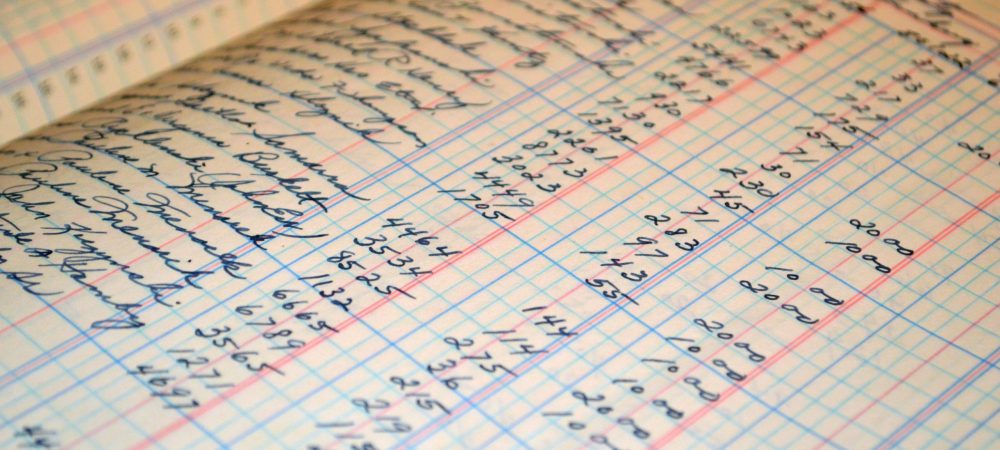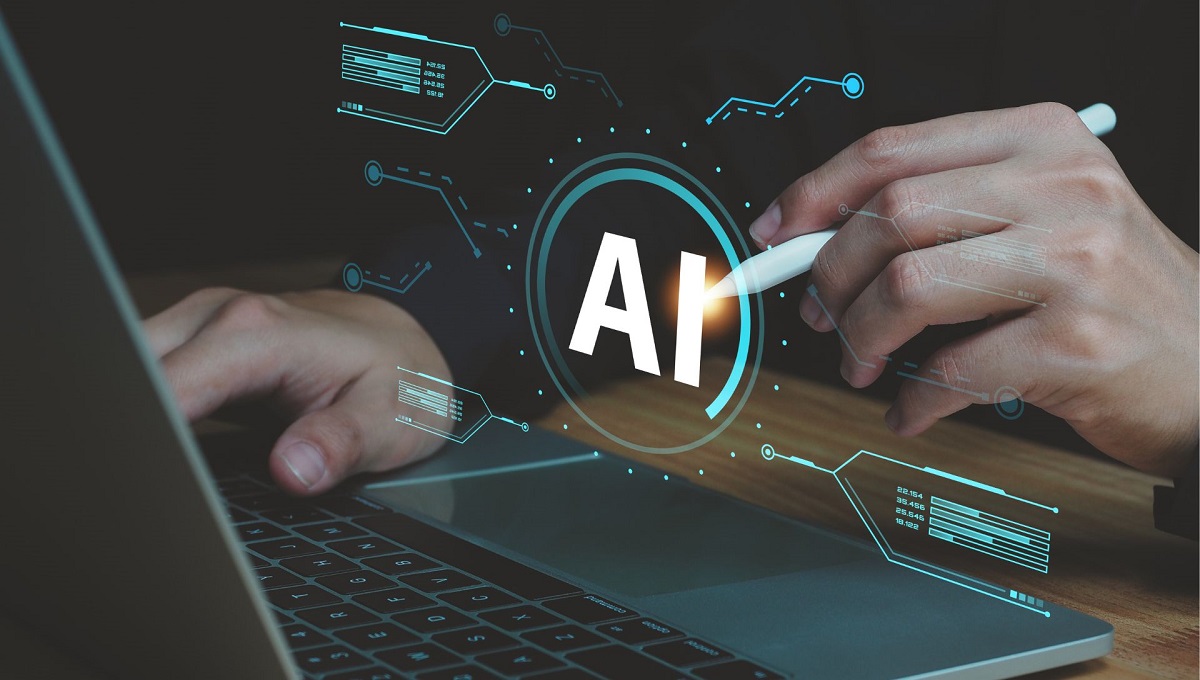Why General Ledger Reconciliation is Critical for Growing Businesses

Maintaining accurate financial records is a necessity if businesses want to grow in this fast-changing world. A study found that 82% of small businesses fail due to cash flow problems, emphasizing the critical importance of effective financial management.
General ledger reconciliation is a critical process that bridges the gap between data and accounts. It ensures that every business transaction is recorded accurately and reliably. This way, businesses can lower risks, avoid expensive mistakes, and build trust with the stakeholders. Keeping a clean ledger also makes audits easier and shows customers that the business cares about honesty.
What Is General Ledger Reconciliation?
The general ledger is a comprehensive record of all financial transactions, organized into accounts that represent different assets, liabilities, equity, revenues, and expenses. Each account provides a detailed history of transactions, balances, and changes over time.
To make sure their financial records are correct, businesses compare their main ledger with outside sources like subsidiary ledgers and bank statements. This is called general ledger reconciliation. The process of general ledger reconciliation is to check and record all the financial transactions matched properly.
By reconciling these accounts, businesses can verify that all financial transactions have been recorded correctly, preventing errors, fraud, and discrepancies. This process is essential for maintaining the integrity of financial statements, complying with accounting standards, and building trust with stakeholders.
Benefits of General Ledger Reconciliation
General ledger reconciliation provides some of the benefits that are beneficial for growing firms and businesses.
- Clean Financial Records: Making sure that all financial records are correct helps keep financial reports clear and trustworthy.
- Mitigating Risk: This method helps find and fix problems quickly, which reduces the chances of fraud and mistakes. Reconciliation helps businesses follow the rules, especially as they grow and face tougher audits.
- Streamlining Audit Records: Maintaining the current and up-to-date account records makes the audits easier.
- Reliable Financial Information: Ultimately, making better choices by any company or any business gives them accurate and reliable accounting information that is important for planning, budgeting, and being successful in the long run.
Want to learn about the next steps for growing your business ?
How To Implement and Improve General Ledger Reconciliation?
Organizations can get more effective outcomes through general ledger reconciliation by employing a methodical approach.
- Gather Relevant Records
Collect all pertinent accounting documents, including the general ledger, subsidiary ledgers, bank statements, and supporting documentation.
- Analyze Transactions
Carefully examine transactions recorded in the general ledger and compare them to corresponding entries in external sources.
- Identify and Address Discrepancies
If any inconsistencies are found, investigate the underlying causes and make necessary adjustments to ensure accuracy.
- Correcting Discrepancies
Investigate root causes to prevent recurring errors and implement corrective actions to resolve the discrepancy.
- Documentation and Record Keeping
Maintain a detailed audit trail of the reconciliation process, including dates, individuals involved, and adjustments made. Store documents securely to facilitate future reference and audits. Ensure compliance with applicable accounting standards and regulations.
Key Guidelines
- Check the accounts daily.
- To make your tasks easier, use the software or any automated tool to minimize errors.
- A specialized team or a system must be there to organize all financial records
- Organize finances with a special team or system.
What Are Some Common Problems In General Ledger Reconciliation?
Time scheduling, typing errors, or any missing records can be common problems. Here we have discussed some common problems and their solutions.
Journal Entry Mistakes
Incorrect amounts, dates, account codes, or descriptions in journal entries can lead to discrepancies between the general ledger and other financial records.
Solution: Implement a thorough review process for all journal entries, including double-checking amounts, dates, and account codes. Consider using automated validation rules to catch errors before they are posted to the general ledger.
Double Entries
Recording the same transaction twice or omitting one of the required entries can cause imbalances in the general ledger.
Solution: Maintain a clear and organized system for tracking and recording transactions. Use automated tools or checklists to ensure that all necessary entries are made and that debits equal credits.
Improper Coding
Assigning transactions to incorrect account codes can distort financial information and make it difficult to reconcile accounts.
Solution: Develop a detailed chart of accounts that is well-organized and easy to understand. Provide clear guidelines and training to employees on proper account coding practices.
Timing Differences
Discrepancies can arise due to differences in the timing of transactions between the general ledger and external sources (e.g., bank statements).
Solution: Reconcile accounts frequently to identify and address timing differences promptly. Consider using automated tools to reconcile transactions based on specific criteria, such as date or reference number.
Addressing Financial Risks
General ledger reconciliation helps find and correct mistakes, errors, or frauds, which reduces financial risks. Bank statements can be swiftly fixed and noticed before they cause a problem in the business, just like the records that are compared. This also ensures that financial statements are correct and that businesses follow the rules, which helps them avoid fines and pass audits easily.
Using automated technology speeds up the reconciliation process and makes it more reliable by reducing human errors. This keeps companies financially stable and ready for growth.
Following Regulatory Guidelines
To comply with financial regulations, businesses must prioritize the reconciliation of their general ledger. For firms adhering to accounting principles such as GAAP (Generally Accepted Accounting Principles) or IFRS (International Financial Reporting Standards), they must confirm that all financial transactions are properly documented.
Constant reconciliation keeps the organization out of legal hot water, which shields its image and enables it to prevent penalties. Moreover, reconciliation procedures that have been adequately defined facilitate audits or demonstrate the business’s reliability and structure.
Firms may abide by regulations as well as gain the credibility of investors and clients through routinely reviewing the general ledger. These policies support the organization’s expansion and stability.
Maximizing Productivity in Auditing and Reporting
Proper general ledger reconciliation enhances reporting on finances as well as facilitates audits of expanding companies. Monitoring assures that the accounting records remain accurate and consistent throughout a period, which increases reliability with stakeholders, including investors. By maintaining the records accurate and updated, firms, companies or businesses may save their time, money, and energy during audits.
Industry Insights or Case Reviews
Overview of Keurig Dr Pepper’s Experience with General Ledger Reconciliation
While handling over 2,100 general ledger accounts each month, Keurig Dr Pepper faced considerable challenges, including some manual reconciliation processes. With this approach, both visibility issues and the risk of financial errors increased. To deal with such concerns, the firm developed an autonomous system using Cadency.
How Did Automation Helped Them?
- An automated system helped keep accounting records accurate by making sure transactions were checked carefully and reliably.
- With an automated reconciliation system, Keurig Dr. Pepper saved time to focus on other important tasks.
- Automation enhanced decision-making processes, facilitated interaction between auditing firms, and made it easy getting accounting records rapidly.
CONCLUSION
To summarize it simply, the general ledger reconciliation serves as an essential part of expanding businesses. It helps businesses keep their money records correct, earn the trust of customers, and make good decisions. Checking records often also helps them follow the rules and find mistakes or fraud.
Reconciliation should be a main focus because, as businesses grow, their money records can get harder to manage. It helps companies handle their finances well.



